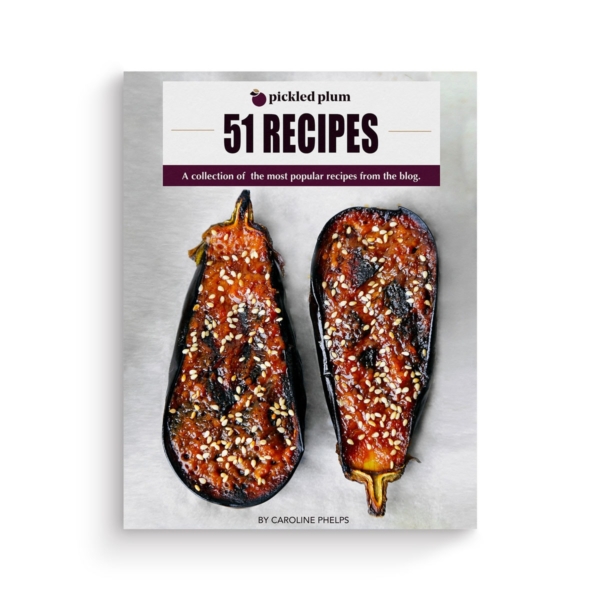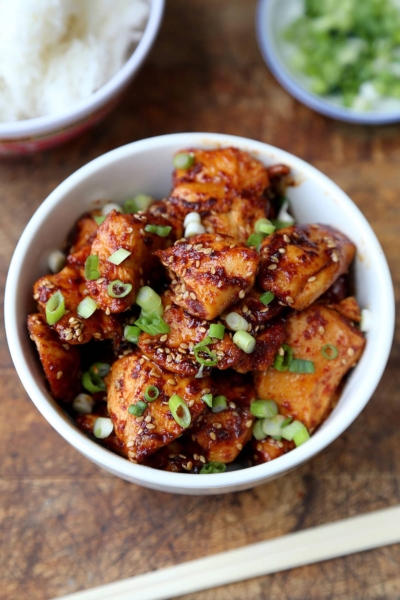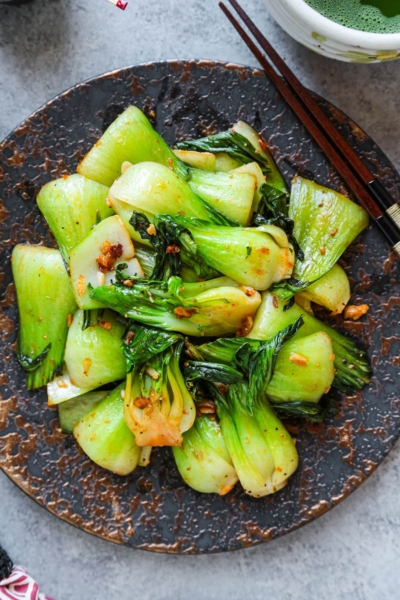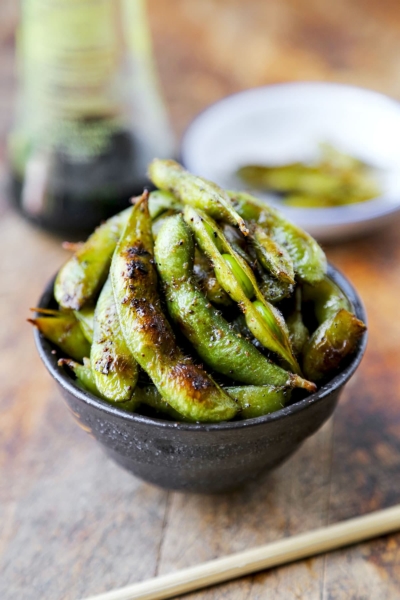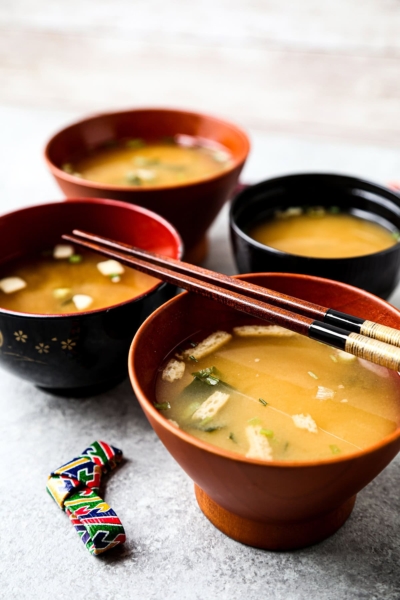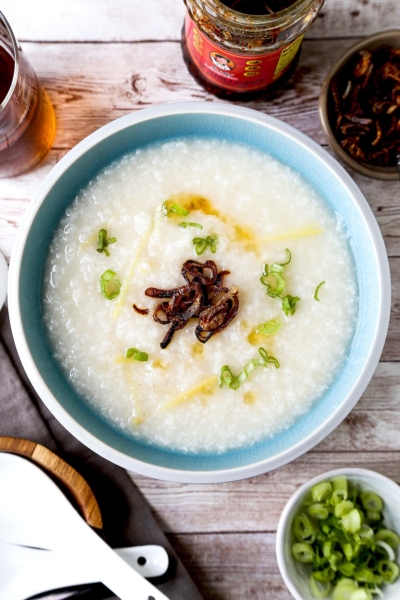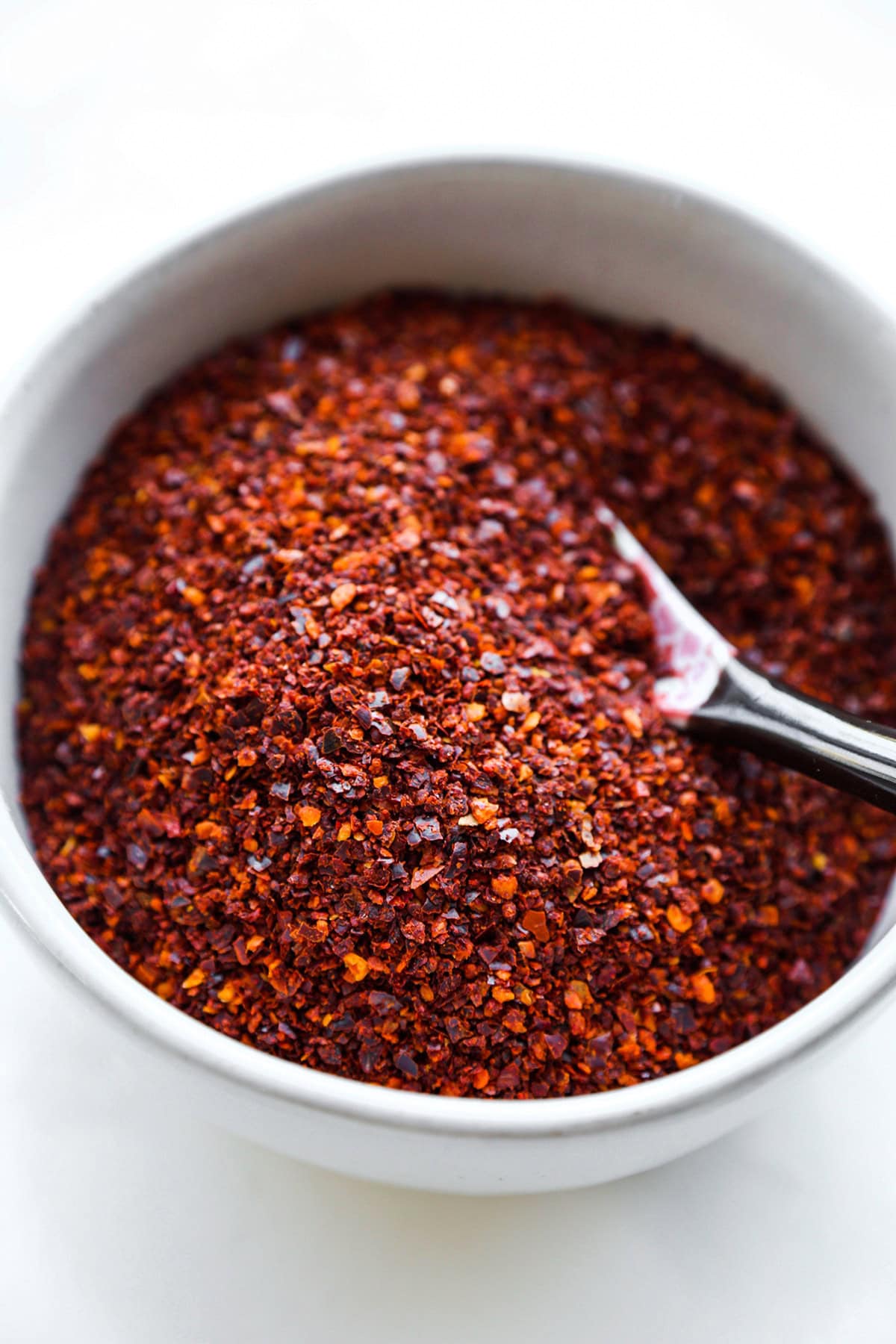
Table of contents
What Is Gochugaru?
Gochugaru is made from Korean chili peppers that have been dried in the sun and ground up without the seeds to create a coarse ground pepper flake. Also known as Korean chili flakes, Korean chili powder, or Korean hot chili flakes, the spice is essential when it comes to Korean cooking. Unlike some spices used to create heat, gochugaru does more than that. The flavor profile of the spice is sweet, fruity, and slightly smoky.
The vibrant red color of the red pepper flakes is a staple ingredient when it comes to Korean cooking. The spice is a main component when making kimchi, gochujang, and cucumber salad (oi muchim). It is also a must-have when it comes to making soups and stews.
The spice level of Gochugaru can vary depending on the origin of the chili. The majority of the chilies fall in the mid to mild range and have a heat level similar to that of a poblano or jalapeño. The spice isn’t overwhelming, but its vibrant red color lets you know that it is there.
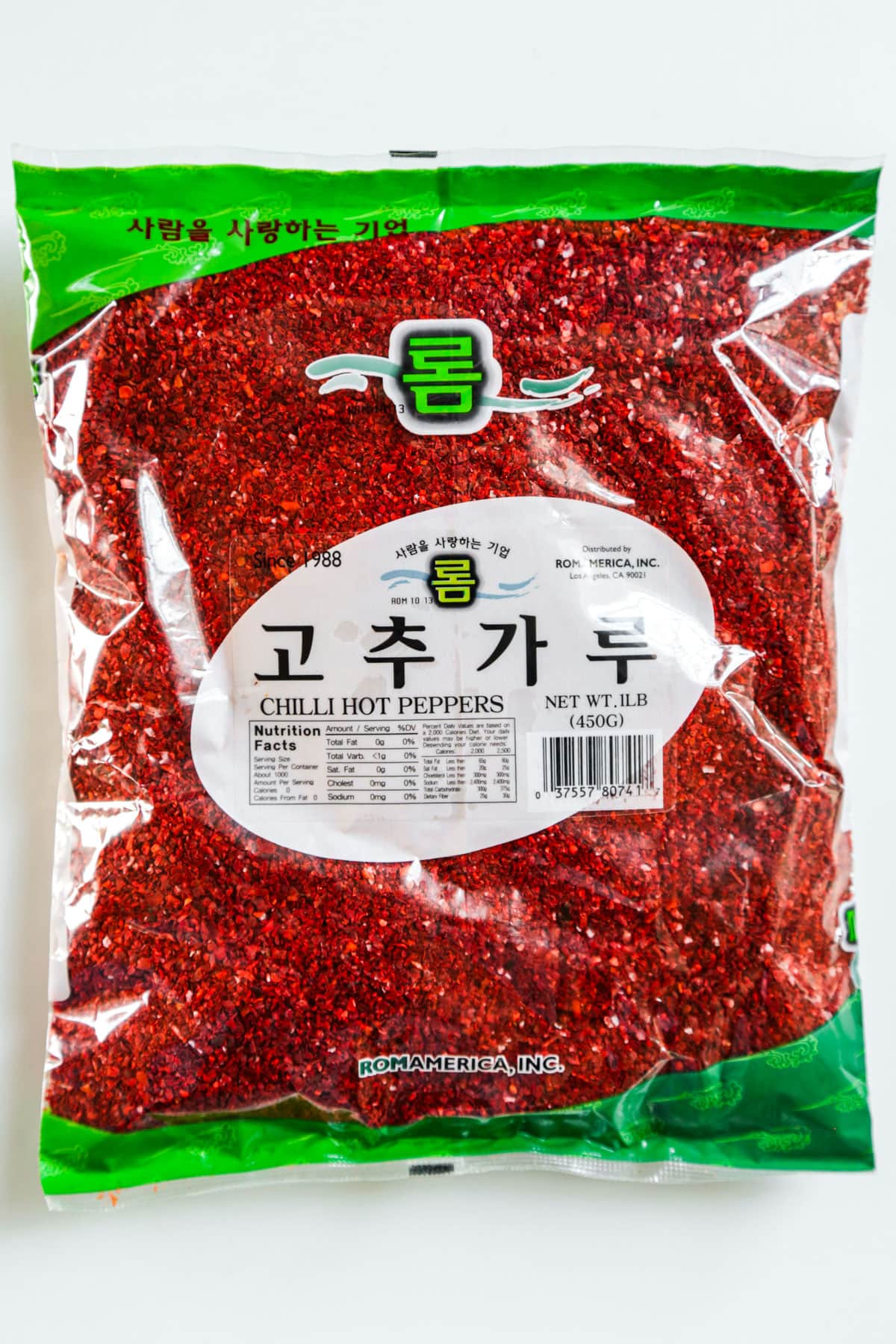
How To Use Gochugaru
While the literal translation of gochugaru is pepper (gochu) and powder (guru), the spice isn’t one size fits all. Gochugaru can be ground into a variety of sizes to make chili powder and chili flakes. Larger chili flakes are used to make kimchi, side dishes, soups, and stews. The fine powder is often incorporated into dishes like gochujang or dishes with a smooth texture or vibrant color. The fine powder can also be used to season soups and stews.
Many home chefs prefer to make their own gochugaru. Here is how they take the chilies and make them into a powder:
- Cut the stems and remove the seeds and membrane of the dried chilies. If you prefer to have a spicier blend, keep some of the seeds and inner parts of the chilies in the mix.
- Use a cloth to thoroughly clean the chilies. Then, place them in a blender or use a mortar and pestle to grind the chilies down to the preferred size.
How To Cook With Gochugaru
Cooking with gochugaru is a staple in Korean cooking. It is a signature ingredient that most dishes use in one way or another. The spice is used as both a seasoning and to add heat to dishes in a flavorful way. Here are some of the recipes that incorporate gochugaru into Korean cooking.
- Tteokbokki
- Korean Sticky Chicken Recipe
- Quick Homemade Gochujang
- Korean Style Fish Donburi Bowl
- Rabokki
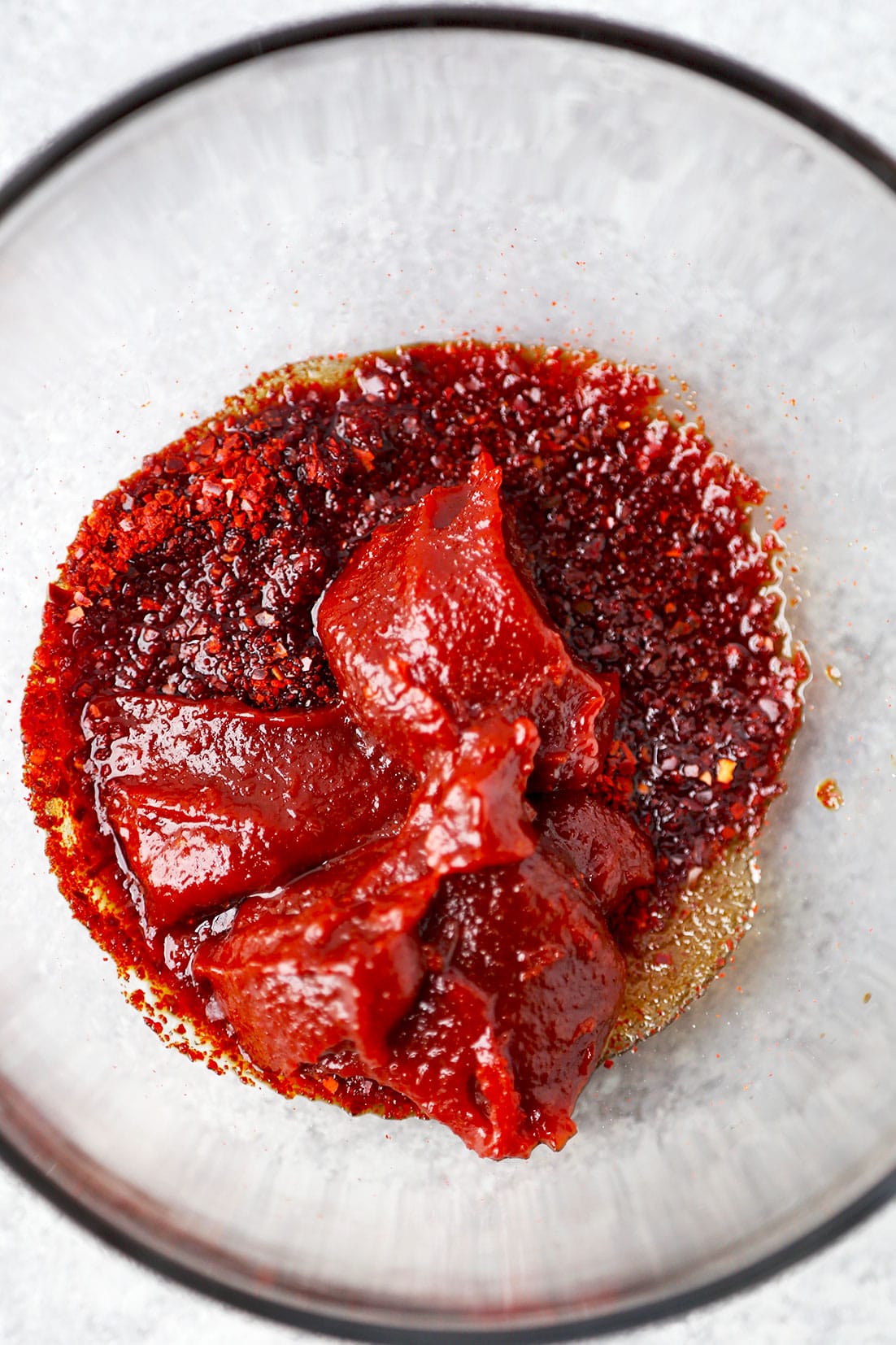
Where To Buy Gochugaru
If you aren’t ready to make your own gochugaru at home, there are many places where you can purchase the spice. Check out your local Korean market for the spice (or whole peppers if you want to make it on your own!). If you don’t have a local Asian or Korean market to explore, you can always purchase gochugaru online.
Pro tip: when looking at prepacked gochugaru, look for “taekyung” or “taeyangcho” on the package. This means the chilies are sun-dried and not authentically dried out.
Storage
Unlike your typical spice blends, gochugaru is best stored in the refrigerator. The spice keeps its best flavor when it is kept in an airtight container and left in a cool, dark place. When stored properly, the spice will last 3 to 6 months.
If you have a large amount or don’t plan to use it all that often, you can store the gochugaru in the freezer. To retain its powder-like quality out of the freezer, give it a quick blitz in a food processor.
Frequently Asked Questions
Gochugaru is Korean red chili flakes. While it is similar to chili powder in the spice factor, the two spices are vastly different. Chili powder uses a blend of chilies and sometimes other spices, like garlic, onion, and oregano. Gochugaru keeps the spice simple with just chili peppers.
Yes, the two components are more like cousins than siblings. Gochugaru is a main ingredient when making the gochujang paste. Gochugaru is hotter with smokier notes, while gochujang has a spicy, sweet, salty, earthy flavor profile.
